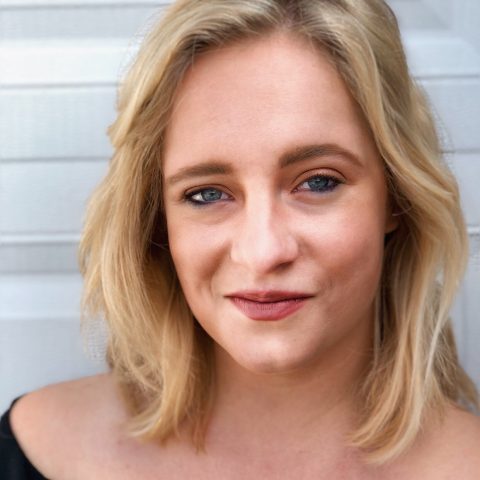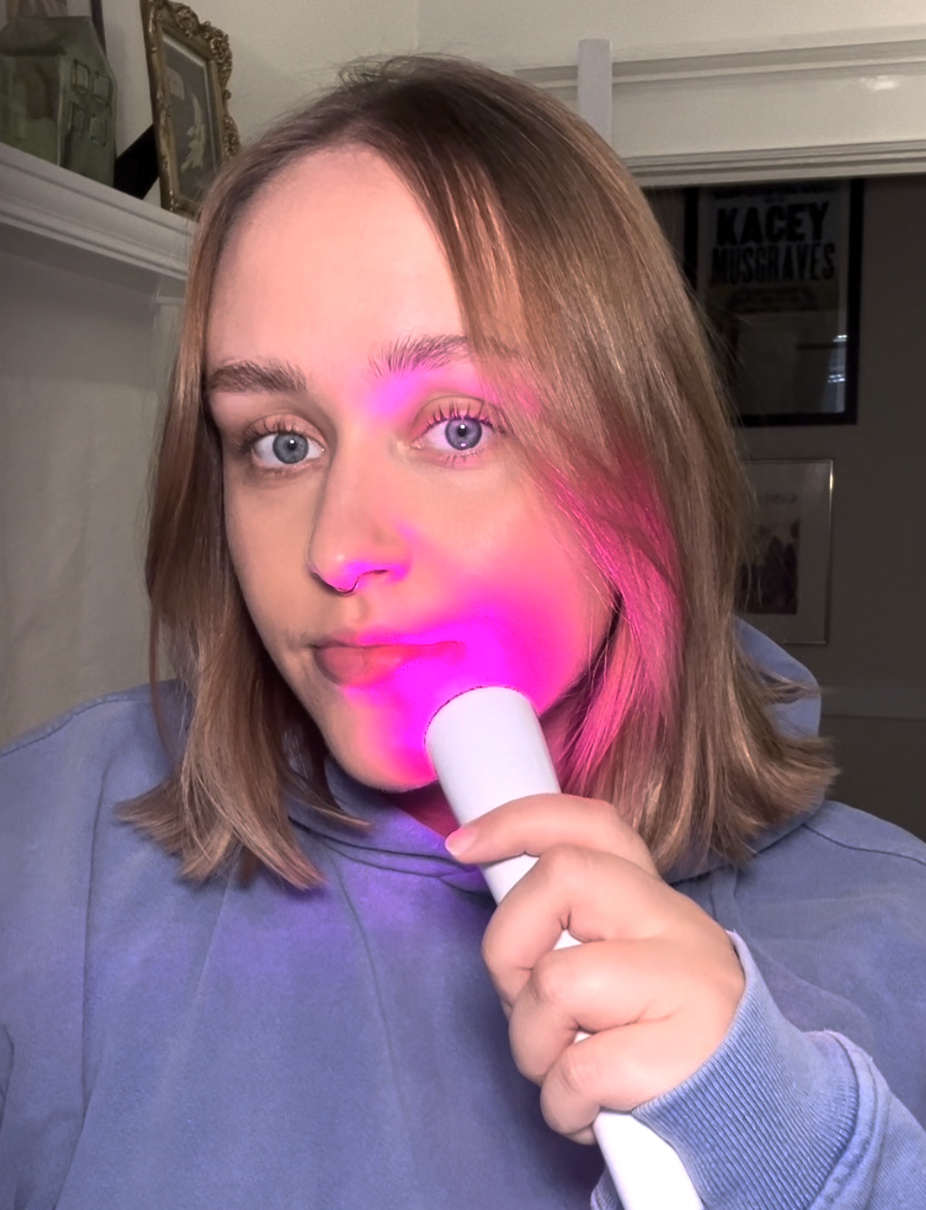So we can probably all agree that we are living in the most liberated era for women to date, right? I am always happy to list streaming specials and articles detailing how to talk about your desires and try spicy sex positions or movies to watch if you want to see intimacy through a female gaze. It feels like everywhere you look, we have taken massive leaps towards a sex-positive and sex-educated society, all while broadening the idea of what “sex” really means to all partners involved. While this progress is apparent, so is the worn-out idea that female sexuality and pleasure are some mysterious elusive code to be cracked. I mean how many times were you told growing up that men want sex more than women? Or have you watched a satisfied-movie-star-hunk lay back in ecstasy while his partner looked dejectedly off to the bottom of the screen? It’s okay, I stopped counting too.
Use code THEEVERYGIRL for 35% off sitewide through December 15!
While being unsatisfied with your sex life is never something unique to only the female experience, “it is in women’s bodies and in their relationship to pleasure that this unfinished business is most apparent,” writes Kathrine Rowland, author of The Pleasure Gap: American Women and the Unfinished Sexual Revolution, “…our libidinous cultural moment may not actually be all that pleasurable, because a giant share of women are not satisfied with their sexual lives. It would seem that we have increased sexual quantity without improving sexual quality.”
The quote you just read is from a book that quite literally transformed the way I think about sex and sensuality. Today, I’m screaming from the rooftops (or my laptop) just a few of the things I learned from The Pleasure Gap: American Women and the Unfinished Sexual Revolution by Kathrine Rowland. Yes, we’re talking about the Pleasure Gap and just as importantly, how to close it.
After interviewing over 120 women and dozens of sexual health professionals, Katherine Rowland is sharing how factors such as education, bias in scientific research, social messaging, long-term monogamy, and more have contributed to our culture's troubled relationship with women's sexuality, and in turn, has led to an epidemic of women who are dissatisfied in the bedroom.
What is the Pleasure Gap, Exactly?
While the book itself gives a variety of stunning examples, to put it simply: the Pleasure Gap appears as the disparity in orgasm between men and women, with women often reporting lower rates of sexual pleasure overall. So much lower in fact, that according to Rowland’s research in heterosexual partnerships, upwards of 90 percent of men say they usually orgasm during a sexual encounter compared to only 50 to 70 percent of women. Her reporting combines the personal narratives of over 120 anonymous women, as well as interviews with scientists, researchers, advocates, and sexual health practitioners, and brings us to a striking conclusion: The Pleasure Gap exists, and it is wide. I found myself wondering if the research held up amongst queer women, but no cigar. “Women who sleep with women tend to experience a lot more pleasure than women who only sleep with men, with research suggesting that they climax more than 80 percent of the time during partnered sex,” Rowland states.
Similar to the Wage Gap, which has remained virtually unchanged for the last 20 years, the term “Pleasure Gap” is “meant to summon feelings of injustice and deprivation. It suggests that orgasms are a resource that should be—but are not—equitably distributed”, Rowland writes.
While this seems pretty cut and dry, we know that is never the case. The Pleasure Gap goes deeper than just comparing how many orgasms a person has. The Gap also refers to the common separations we experience within ourselves as human beings: between mind and body, behavior and emotion, or between our external actions and our internal feelings. The ability to tune into these authentic separations brings us to the third dimension of the pleasure gap, which Rowland describes as existing in the space between the sex we think we should be having and the sex we actually desire. So… now what?
Closing the Pleasure Gap: A Few Ideas
As much as this seems like a societal and cultural issue—and it is—there are a few steps we can take to begin closing the distance that plagues us.
Let’s Talk About What We Want, and How We Want It
Have you ever thanked someone for something you didn’t feel grateful for? A compliment, a lame excuse as you’re passed for promotion, or a half-hearted foreplay session? “No sooner does a woman start to ask for something—a more thoughtful sexual partner, a deserved promotion—than she badgers away the impulse with a flurry of thankfuls, suffocating her longing even as she is trying to express it”, writes Rowland. We are frequently taught to be grateful for what we have when it comes to sex and intimacy, as well as in our careers and everyday lives. We should be shooting for the moon instead. Encouraging the women around us to talk openly about desires, sexual experiences, and healthy boundaries is key in creating a dialogue where our needs are just as vital as anyone else’s and not met with rejection or judgment.
Stop Shaming Ourselves for Our Desires
Ever since I found out what sex was, there’s been a glimmer of shame attached. Whether it was my midwestern roots or my overly-developed chest, something about the very word “sex” made me cower in my metaphorical boots. In a conversation documented with a woman ghost-named Pam, Rowland recounts a similar sentiment. As women, we have been taught our entire lives to just “keep it in our pants”, Pam explains, “…most women have ‘low libido’ which is just another way to say that we are disconnected from our sexuality”. By reframing female pleasure to be just as natural and vital as male pleasure we can encourage ourselves to prioritize what we want in the bedroom. “So long as it does not carry harm, no sex act or craving is thought too obscene, too risqué, too weird, or too wrong to be excluded from the wondrous mess of human intimacy”, Rowland Writes. The truth is, our desires are beautiful and deserve to be talked about.
For a lot of us, shame was likely part of the sex equation before we really knew what it was. While unlearning sexual shame isn’t something we can do overnight, there are some steps we can take to begin lifting the narrative placed on us since childhood. For example, experimenting with masturbation or reading erotic literature are private ways to explore and understand your desires before you bring them into the bedroom with a partner. If you’re feeling stuck, sites like Bellesa and Cosmopolitan are good places to start.
Unlearning shame surrounding sex doesn’t need to be done completely alone, either. If you’re getting intimate with a partner you trust, ask them about their fantasies and tell them yours. Engaging in new positions, role play, or kinks with your partner can help you feel more comfortable talking about and celebrating that part of you that you’ve kept hidden. As long as each act is enthusiastic, consensual, and safe, there is a world of pleasure to be explored on our own, and with partners. Another good option is to speak with an expert. A lot of sexual shame can stem from traumas stored in both the body and the mind, and learning how to overcome those traumas is key to letting go of feelings of shame.

Redefine What Masculinity Means in Your Partner Dynamic
Something interesting is already happening in the landscape of pop-culture sex, and that is the challenge raised to the ever-dominating male gaze. We are consistently seeing media produced that looks at intimacy through the female experience, often encouraging those who are male-identifying to develop a softer and more empathetic approach to sex as an all-encompassing act. Studies tell us they want to. “Men and women, regardless of age, orientation, or kinkiness, uniformly describe great sex in ways that include intimacy, communication, exploration, and orgasm”, Rowland reports of a study done with an equal sampling of both male and female-identifying participants. As human beings, the yearning for connection through sex exists though it has been clouded in harmful stereotypes for centuries. Encouraging male-identifying partners to be open, soft, and receptive to the idea of intimate connection through mutual pleasure is an uphill battle that we are only at the beginning of fighting.
Starting this kind of conversation can seem awkward, but don’t fear—encouragement can be subtle. When they do or say something that makes you feel good, tell them. It can be as simple as noting how much that collarbone kiss turned you on, or how folding your laundry made you feel loved. Appreciating intimacy everywhere it presents, from the bedroom to the late-night conversation about your goals, helps create a mind-body connection between the physical and the emotional.
And, perhaps even more importantly, stop faking it. We’ve all been 20 minutes deep into a session of sorts and decided that making a few well-timed noises would be easier than teaching them how to actually get you off. And when ego comes into play, it may seem safer to pretend than to let them know that it just… isn’t working. Take the time to “show and tell” your partner how you like it. In phrasing like “It feels so good when you…” or “I would love to try…” you are able to establish what you want without losing the momentum of the moment. If they’re somebody worth being with, they’ll want to know (and then practice) precisely what you’ve taught them.
Educate Ourselves About Sex… and All Its Parts
There’s more to sex education than abstinence, although Coach Carr may have us believe otherwise (yes, this is a Mean Girls reference). One of the most important steps to take in closing the pleasure gap is advocating for real and fleshed-out sex education. Collect, read, and watch resources that promote consent and boundary setting, and that focus on your pleasure as a reason for sex—not a result of it. “We tend, above all, to implicate women’s bodies as too tricky, slow, or susceptible, rather than aiming to improve the kind and quality of the sex that leaves so many underwhelmed,” Rowland says. While the internet is a great way to learn about anything under the sun, it’s important to make sure the information we receive is credible. Some good places to get started with your online sex education include Amaze and Planned Parenthood, as both sites offer comprehensive tools to begin the sexual health journey. If you prefer a book format, I cannot recommend Kathrine Rowland’s The Pleasure Gap: American Women and the Unfinished Sexual Revolution enough. I also constantly find myself referencing Staging Sex by Chelsea Pace, which although written for those in the entertainment industry initially, offers incredible boundary-setting tools that can be used in any real-life situation. Turning on your fave streaming service is good to supplement your education as well, specifically with shows like Netflix’s Sex Education and The Principles of Pleasure. By taking our education surrounding sex to the next level we will slowly and surely take our sex lives there too.
After interviewing over 120 women and dozens of sexual health professionals, Katherine Rowland is sharing how factors such as education, bias in scientific research, social messaging, long-term monogamy, and more have contributed to our culture's troubled relationship with women's sexuality, and in turn, has led to an epidemic of women who are dissatisfied in the bedroom.

Sydney Cox, Contributing Sex & Relationships Writer
Sydney Cox is a Chicago-based writer and intimacy coordinator who is passionate about exploring the complexities of human connections and teaching readers to advocate for themselves. Sydney’s work has been featured in various publications, where they aim to foster open and honest conversations.


 "
"
